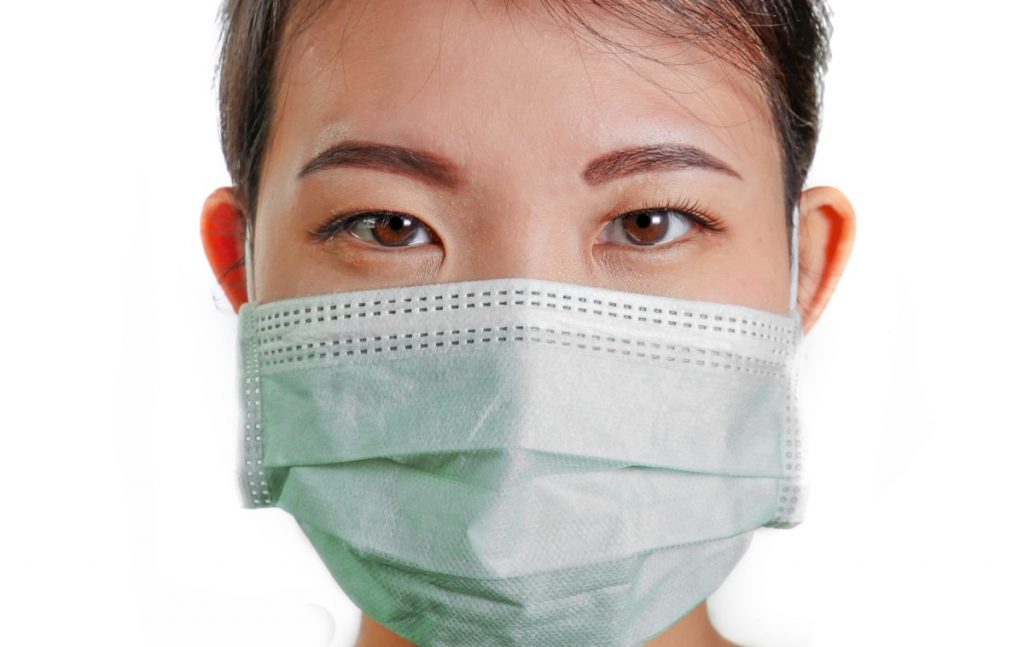New York: Facial recognition technology created after the onset of the COVID-19 pandemic shows that some software developers have made demonstrable progress at recognizing masked faces, says a study.
The findings by the National Institute of Standards and Technology (NIST), measures the performance of face recognition algorithms developed following the arrival of the pandemic.
A previous report from July explored the effect of masked faces on algorithms submitted before March 2020, indicating that software available before the pandemic often had more trouble with masked faces.
“Some newer algorithms from developers performed significantly better than their predecessors. In some cases, error rates decreased by as much as a factor of 10 between their pre and post-COVID algorithms,” said study author Mei Ngan from NIST.
“In the best cases, software algorithms are making errors between 2.4 and five per cent of the time on masked faces, comparable to where the technology was in 2017 on non-masked photos,” Ngan added.
The new study adds the performance of 65 newly submitted algorithms to those that were tested on masked faces in the previous round, offering cumulative results for 152 total algorithms.
Using the same set of 6.2 million images as it had previously, the team tested the algorithms’ ability to perform “one-to-one” matching, in which a photo is compared with a different photo of the same person – a function commonly used to unlock a smartphone.
The researchers revealed that software can handle images regardless of whether or not the faces are masked. The algorithms detect the difference automatically, without being told.
IANS
